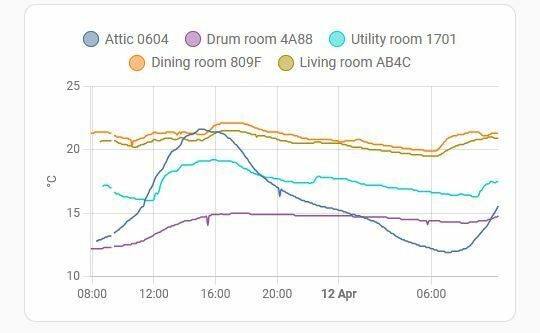How can I measure home efficiency ?. ( I know I have, and can get another, EPC rating, but I’ve not got much trust in them. )
However, I have got thermometer gadgets around the house. These record every 5 minutes to a database somewhere. I can then view graphs going back upto a year.
Using these I can see how, say, the livingroom temperature drops when the CH turns off, or rises as the sun shines in. I am sure that the rate of change could be useful, somehow.
I’m sure I’ve got enough data to actually calculate something useful, but I haven’t got a clue how to do it.
Probably it needs room volumes, wall and windows areas, etc., as well as the records of temperatures.
Does anyone know of a website or app that can take all this info and generate something useful ?
Or, failing that, point me to the required calculations so I can program an Excel thingy myself ?
Cheers,
Buzby











